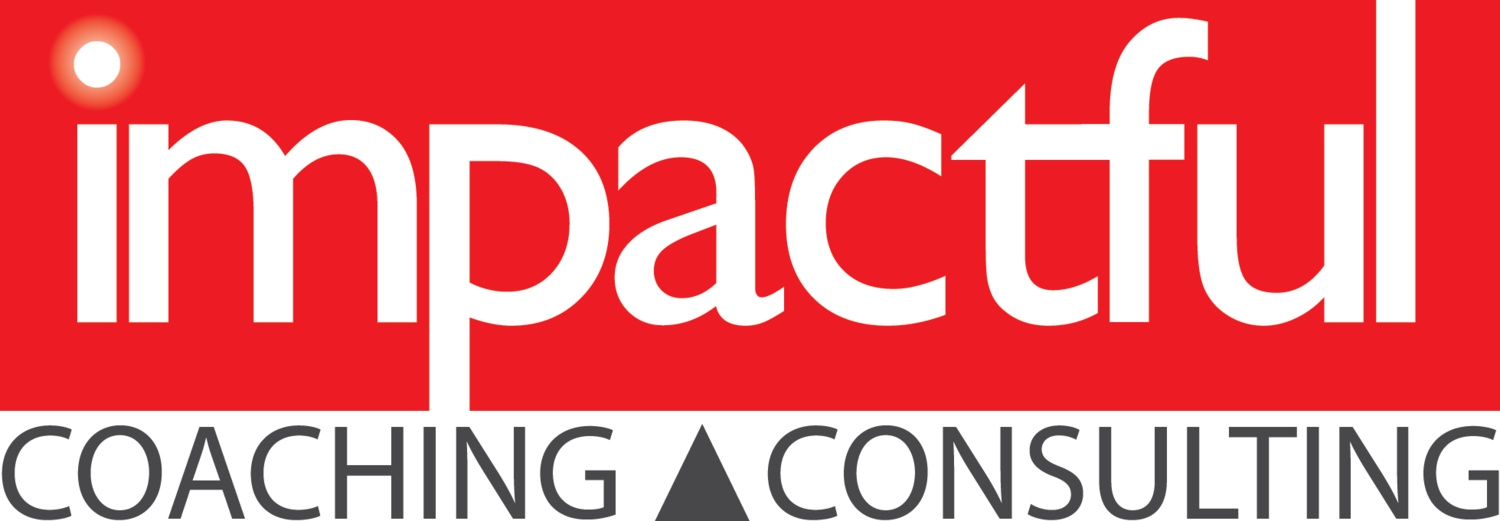Productivity vs. Busyness: A Tale of Two Managers
Meet Anna and Brian—two managers at the same mid-sized company, both well-respected, both driven, both seemingly always in motion.
To the outside world, they look equally successful. Their calendars are packed, their inboxes overflowing, and their phones buzz constantly. But dig a little deeper, and the contrast becomes clear: one is productive; the other is just busy.
Monday Morning: The Illusion Begins
It’s Monday morning. Anna walks into her office, coffee in hand, sits at her desk, and pulls out her weekly plan. She’s blocked out time for high-priority tasks, team check-ins, and deep work. No back-to-back meetings. No distractions.
Brian, across the hall, arrives around the same time. He’s already on his phone, replying to Slack messages, scanning emails, and saying yes to three new meetings before he’s even taken off his coat.
Anna is productive. Brian is busy.
What’s the Difference?
Busyness is activity without direction. It’s reactive. It’s a full calendar, long hours, and endless task-switching. It feels like momentum, but it rarely leads to real progress.
Productivity is purposeful. It’s doing the right things at the right time. It often involves fewer tasks, but more impact. Productive people prioritize outcomes over optics.
The Midweek Crunch
By Wednesday, Anna has completed the client proposal she scheduled two deep work sessions for. She turned down two non-essential meetings, trusting her team to handle them. Her assistant manager has taken on a new leadership role—something Anna intentionally delegated weeks ago.
Brian, meanwhile, is juggling three overlapping projects. He’s accepted every invite, stayed late twice, and feels like he’s getting nowhere. He prides himself on being “the go-to guy,” but decisions are piling up, and the proposal he promised to review is now five days late.
Anna is producing results. Brian is just staying afloat.
How Did They Get Here?
Anna learned long ago that productivity is not about how much you do, but how much you accomplish that matters. She ruthlessly prioritizes. She uses the Eisenhower Matrix to separate urgent from important, and she guards her focus like a hawk.
Brian, like many high achievers, fell into the “busyness trap.” He equates a packed schedule with value. Every time he’s asked to help, he says yes—without asking whether it’s aligned with his goals or whether someone else could do it better.
The Team Sees the Truth
By Friday, Anna’s team is energized. They know what’s expected, they’re growing into new responsibilities, and they feel trusted. Anna leaves early to coach her daughter’s soccer team.
Brian’s team is drained. They’ve been waiting all week for feedback that never came. One team member quietly updates their résumé.
Productivity creates sustainability. Busyness breeds burnout.
Lessons from Anna and Brian
Start with clarity. Productive people know what success looks like before they start. Busyness fills time; productivity fulfills purpose.
Say no more often. Anna’s calendar reflects her priorities. Brian’s reflects other people’s.
Protect your focus. Deep work leads to deep results. If you’re constantly reacting, you’re not creating.
Delegate and trust. Productivity isn't doing everything yourself. It's creating systems and people that can thrive without you.
Track outcomes, not hours. Anna measures her week by what moved the needle. Brian measures it by how exhausted he feels.
Final Thought
The world celebrates busyness. It looks good on paper. It feels heroic. But productivity? That’s quiet. It’s thoughtful. It’s not always visible—but it’s what actually drives growth, impact, and sanity.
So, the next time your day feels full, ask yourself: Am I being productive, or just busy?
Your answer might just change everything.
